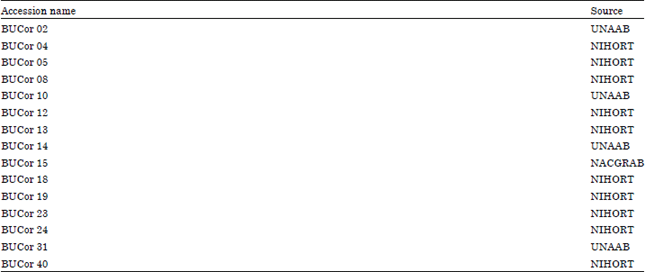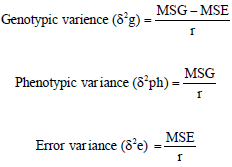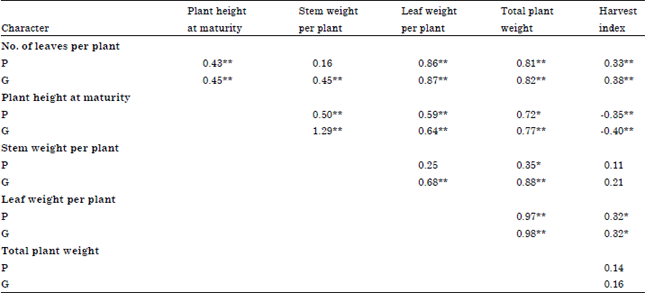Research Article
Heritability, Character Association and Genetic Advance in Six Agronomic and Yield Related Characters in Leaf Corchorus olitorius
Department of Agriculture and Industrial Technology, Babcock University, Ilishan-Remo, P.M.B. 21244, Ikeja, Lagos State, Nigeria
O.A. Denton
Department of Agriculture and Industrial Technology, Babcock University, Ilishan-Remo, P.M.B. 21244, Ikeja, Lagos State, Nigeria














